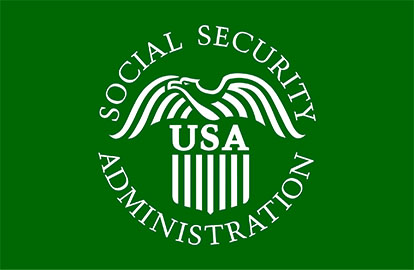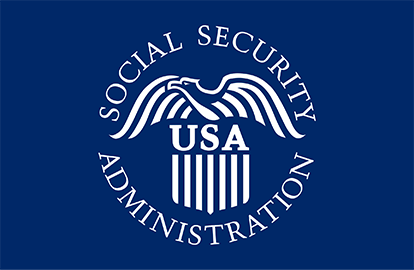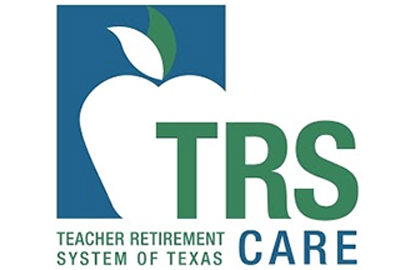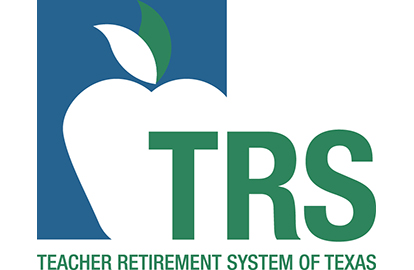State Issues
Support a COLA for TRS Retirees
TRTA urges the enactment of a substantial and meaningful cost-of-living adjustment (COLA) for TRS retirees as a priority item in the coming session. TRTA is aware of the sincere interest expressed by the Legislature over the past several years to take steps regarding the significant loss of income retirees are experiencing due to inflation. The last COLA awarded to retirees in 2013 benefitted only those who retired prior to September 2004. TRTA welcomes the open expression of support from legislators to address this issue during the 88th Texas Legislative Session.
Preserve TRS Texas Traditional Defined Benefit Retirement Plan
TRTA’s primary public policy objective is the preservation of the TRS traditional defined benefit plan for all public-school retirees and pre-retirees. TRS proves that when these plans are managed and funded appropriately, they provide cost-efficient retirement security for plan participants and taxpayers alike. Please note that 95% of public-school employees do not participate in Social Security. This saves Texas taxpayers billions of dollars, but also raises the stakes when ensuring the TRS traditional defined benefit plan remains strong and viable for all future retirees.
Fund TRS Pension Trust
In 2019, TRTA championed the “TRS Actuarial Soundness—Raise the Base!” plan (Senate Bill 12). This plan is a multi-session increased funding initiative that will ensure the long-term solvency of TRS. TRTA members urge the 88th Texas Legislature to continue the plan by introducing and adopting a state budget that funds contribution rates of 8.25% for the state and active educators and 1.9% for school districts by 2024.
Protect TRS-Care
TRTA appreciates the work of the Legislature to address increasing health care costs for TRS retirees over the past several years. However, it is our belief that the best solution for this issue is to design and implement a long-term plan that continuously reviews health care costs and associated state funding and compares them to the actual costs of health care. This solution would take the place of the current arbitrary formula that was established 35 years ago when TRS-Care was created.
Federal Issues
Social Security
ACTION ITEM: Ensure earned Social Security benefits are paid to retirees
- Reform WEP and GPO current formulas that unfairly penalize Texas retired educators
- Retirees’ traditional supplemental income has been impacted by pandemic (substitute teaching, bus driving)
- Prevent mandatory Social Security as a resolution to the inequity of WEP and GPO

The Government Pension Offset
Social Security issues are complicated and jargon-filled ventures seemingly designed to confuse the average retiree. However, Social Security provisions can have an enormous, negative impact on your retirement, and most people who fall victim to these issues are unaware of the consequences until it’s too late. So even though terms like “non-SS-covered employment” may make you want to pull your hair out, they are certainly worth learning about. A prominent issue that Texas retired teachers face is the Government Pension Offset. The Government Pension Offset, or GPO, is a Social Security provision that reduces government employees’ spousal or survivor benefits…
The Windfall Elimination Provision
The Windfall Elimination Provision (WEP) is an unfair federal provision preventing retirees from receiving the Social Security benefits they are owed. The WEP, which took effect in 1983, provides a means of eliminating the “windfall” of Social Security benefits received by beneficiaries who also receive a pension based on work not covered by Social Security. Ninety-five percent of Texas public school employees do not pay into Social Security through their work with Texas schools. However, many have other jobs before, during, or after their employment in education in which they do pay into the federal program. We have joined our…


TRS-Care Funding
TRS-Care is the health insurance program more than 260,000 retired Texas educators rely upon. The program is provided by the Teacher Retirement System of Texas (TRS), the state agency responsible for running teachers’ retirement pensions. During the 85th Regular Session of the Texas Legislature, TRS-Care faced a $1.1 billion budget shortfall. If nothing had been done by the Legislature to address this issue, retirees’ premiums would have skyrocketed (even tripling), and the program could have closed within two years, leaving many without a quality health care option. The Texas Legislature made changes to TRS-Care funding for the program to remain…
TRS Defined Benefits
The Teacher Retirement System of Texas (TRS) has provided its defined benefit (DB) pension plan to retirees since its creation in 1937. During that time, TRS has never missed a payment to its annuitants, and it has stood as a testament to stability through times of great economic uncertainty. The defined benefit plan teachers in Texas pay into is a source of great pride, and it is one of the true upsides of participating in the teaching profession. As many private companies have pivoted away from defined benefit plans, TRS has stayed true to its slogan of being “the forever…

